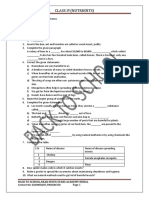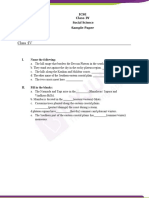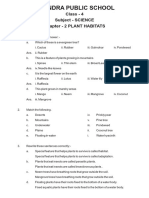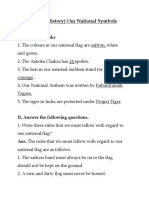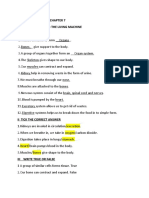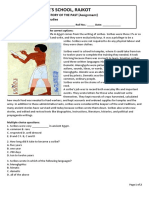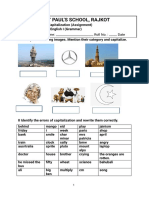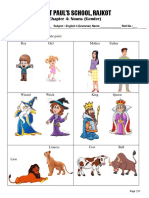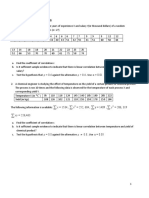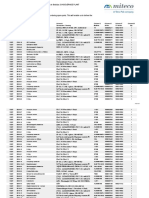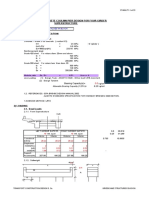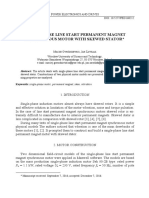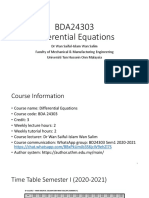100% found this document useful (1 vote)
9K views2 pagesSaint Paul'S School, Rajkot: Chapter 2: ALMANAC (WORKSHEET) Subject: Social Studies
This document contains a worksheet on calendars with questions about the Saka calendar, Gregorian calendar, and Persian calendar. It asks students to color code answers about which month begins the Saka calendar, who introduced the Gregorian calendar, what a leap year is, and other factual questions. It also contains short reading passages about the Saka calendar, Gregorian calendar in relation to the birth of Jesus Christ, and the Persian solar calendar used in Iran and Afghanistan.
Uploaded by
Vasoya ManojCopyright
© © All Rights Reserved
We take content rights seriously. If you suspect this is your content, claim it here.
Available Formats
Download as PDF, TXT or read online on Scribd
100% found this document useful (1 vote)
9K views2 pagesSaint Paul'S School, Rajkot: Chapter 2: ALMANAC (WORKSHEET) Subject: Social Studies
This document contains a worksheet on calendars with questions about the Saka calendar, Gregorian calendar, and Persian calendar. It asks students to color code answers about which month begins the Saka calendar, who introduced the Gregorian calendar, what a leap year is, and other factual questions. It also contains short reading passages about the Saka calendar, Gregorian calendar in relation to the birth of Jesus Christ, and the Persian solar calendar used in Iran and Afghanistan.
Uploaded by
Vasoya ManojCopyright
© © All Rights Reserved
We take content rights seriously. If you suspect this is your content, claim it here.
Available Formats
Download as PDF, TXT or read online on Scribd
/ 2






















